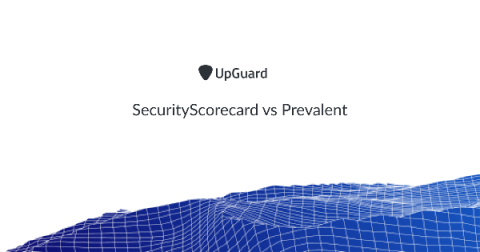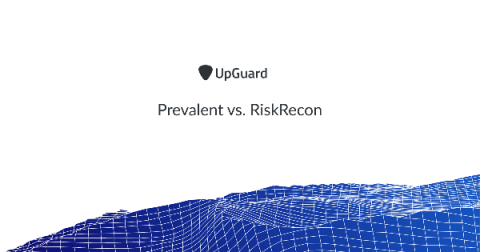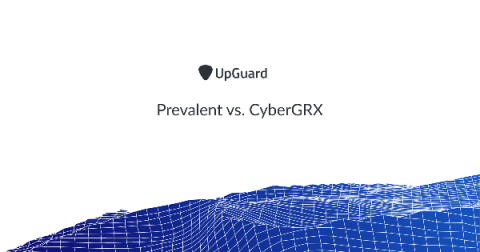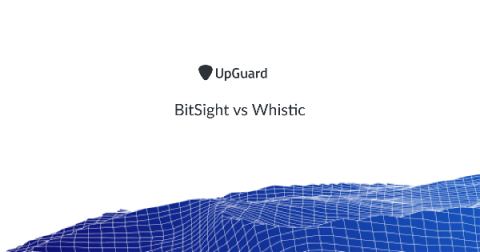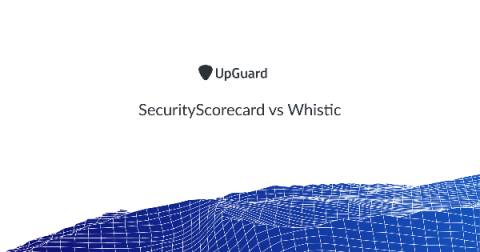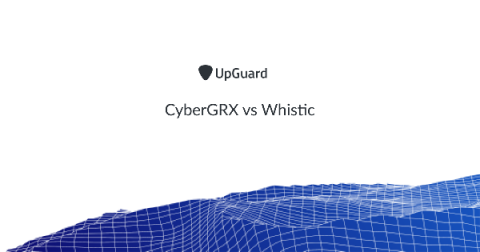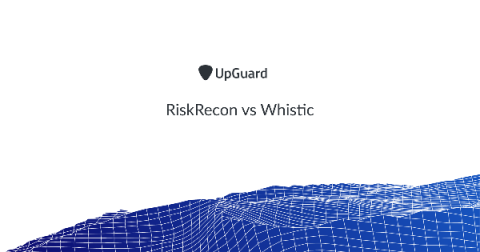SecurityScorecard vs Prevalent Comparison
The average cost of a data breach is now nearly $4 million and the unfortunate truth is third-parties are a significant source of cyber risk. This is why cybersecurity vendor risk management (VRM) has become a top priority for CISOs, Vice Presidents of Security, and other members of senior management, even at the Board level. In addition to financial costs, there are increased regulatory and reputational costs.


